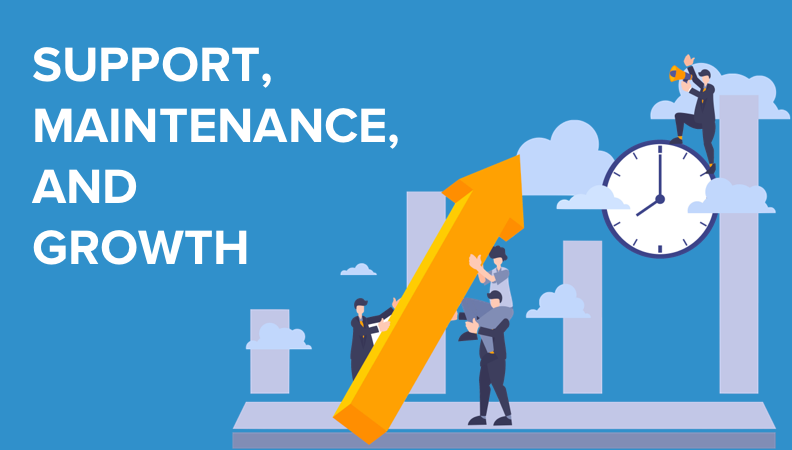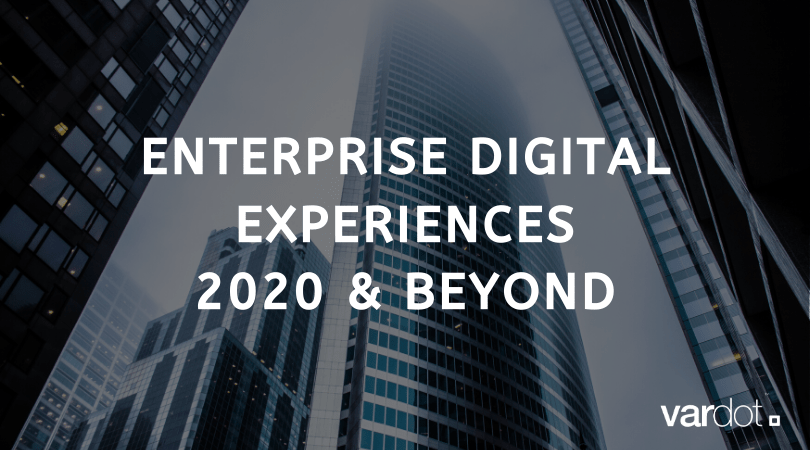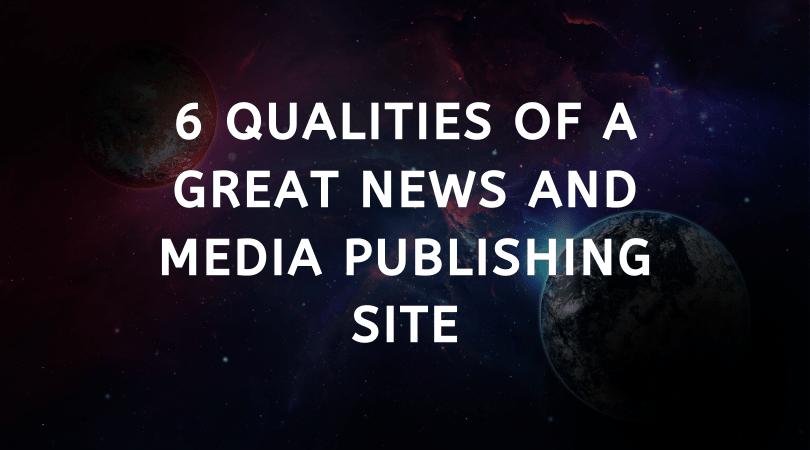- Solutions
- For Industry
- By Need
- Products
- VarbaseEnterprise CMS Distribution for Drupal
- Uber PublisherEnterprise Digital Media Platform Builder
- VardocDrupal Knowledge Base Platform
- Campaign StudioOpen Marketing Platform - by Acquia
- Open SocialSocial Business Platform - by Open Social
- Services
- Strategy
- Design
- Development
- Migration
- Support and MaintenanceSupport and Maintenance
- DevOps
- Digital Marketing

Datasheet

- Clients
- Ideas
- About
- Contact Us

5 Factors That Determine Digital Government Success
The fast pace of disruptive communication technologies means that people will increasingly become more involved and engaged.
People have become accustomed to a standard of performance and quality of service delivery.
Their needs and behaviors evolved as well; which forced the private sector to react by crafting personalized digital experiences to match their customers' needs.
However, most governments and public sectors are renowned for their resistance to change especially if that change impacts their established processes and bureaucracy.
Much like any brand; image and perception are everything.
If your digital government platforms are outdated, inefficient and do not deliver actual results; you can be sure that it reflects your public perception.
The public needs to feel that your government plays a valuable and positive role in their daily lives; as such, sustaining a consistent high-performance digital experience across all e-government platforms is essential.
Here are 5 conditions that your e-government must consistently comply with to enjoy ongoing digital government success:
Don’t Neglect Basic Site Information
Having your PR team publish news updates regularly is not enough.
Citizens depend on their public service institutions for vital information that may impact their daily lives.
Keeping such information updated in an ongoing manner is essential.
Information such as:
- Key staff and department contact information
- Public documents
- Updated service processes
- Updated statistics
- Updated calendar
- Frequently Asked Questions (FAQs)
If you cannot be relied upon with the simple task of regular content update and management then questions will be asked of your entire image as an effective government.
Enable Everyone
Citizens needs may vary but their expectations are the same.
Each government agency platform must be accessible across any device by everyone regardless of disability.
According to the UN E-Government Survey 2018; only 76 UN members are fully compliant with web accessibility standards so far.
Governments must commit to extending communication capabilities beyond the traditional medium (phone, email, online chat and etc.) to allow citizens with special needs the right to participate and engage.
Building partnerships with the private sector can enable governments to maintain web accessibility standards.
A great example would be the innovative iris scan payment system in Jordan’s Zaatari and Azraq refugee camps which was developed in partnership between the Jordanian government, the World Food Programme (WPF), the United Nations High Commissioner of Refugees (UNCHR), Cairo Amman Bank and IrisGuard Inc.
Connectivity is another accessibility issue that was addressed by increasing mobility.
More people can afford connectivity and access to the internet due to the affordability of mobile devices.
Mobile First
According to the IDC; over 70% of the workforce in the US will be a mobile workforce by 2020.
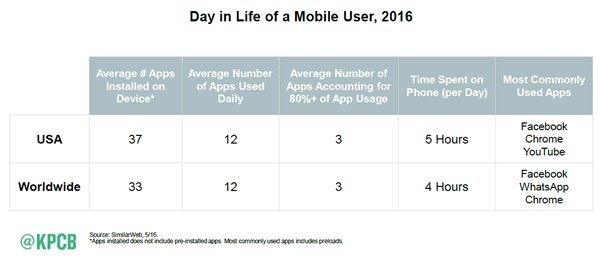
Source: KPCB Internet Trends 2016
Mobile experiences are increasingly being implemented as a primary form of engagement with citizens due to the change in people behavior.
The benefits extend to both end-users: the people and the government.
People can now interact with the government simply by going through quickly automated processes on their smartphones.
Public sector agency mobile apps can both deliver their designated public service and at the same time engage the citizens.
Apps for public libraries, parks and recreation, and motor vehicles provide information and services faster than ever before.
Citizens who enjoyed a great mobile experience:
- 79% are more likely to use the app as a primary source
- 145% are more likely to recommend the app to a friend or family member
- 96% are more likely to return to the app
Source: Foresee Experience Index: E-Government 2018
No digital experience is considered useful nor successful unless it is developed and designed mobile-first.
The impressive boost in investment made by countries in mobile government services over the last 4 years alone showcases how seriously governments are taking the mobility factor.
Purpose-Driven Seamless Experience
Each audience will vary in expectations, behaviors, and needs.
The design and development process of your e-government platforms must be purpose-driven.
Depending on the needs of the intended audience; each e-government agency platform must craft a consistently effective and personalized digital experience.
This digital experience will require a clear user path and journey to fulfill the desired objectives of the governmental website.
Citizens who have a great experience with e-gov websites are:
- 107% more likely to use the website as a primary source
- 129% more likely to recommend the website to a friend or family member
- 62% are more likely to return to the website
Source: Foresee Experience Index: E-Government 2018
Municipal public service platforms, in particular, must focus on localizing their information, services, and user experience to optimize online performance efficiency.
The consistency of the layout, ease of finding pages and the ability to narrow choices are major factors in delivering a reliable, simple e-gov experience.
Your job is to ensure maximum online service efficiency and remove all blockers:
- Your name, governmental designation, and function is easily identifiable
- Use simple plain text and language.
- Avoid technical terms.
- Each service has a clear and easy path/process to follow
- Make online assistance and helping features available
- Links to relevant features are contextually placed
- Use responsive design
- Create a consistent design theme for ease of navigation
Make sure to provide feedback opportunities for your citizens to guarantee that your e-government is always perceived as an efficient and effective valuable aspect of their everyday lives.
Delivering a consistent personalized digital government experience to your citizens will reap rewards.
"55% of citizens that enjoyed a great digital experience on an e-gov website are more likely to trust the government." – FXI: E-Government Survey 2018
Keep Up with The Disruption
You will need a flexible digital government experience that can keep up with the fast pace of progress.
Not many countries maintain or sustain web development standards because sustaining an effective digital experience is an ongoing commitment which can be challenging for the public sector.
You must have a platform that enables:
- Easy management and distribution of relevant content
- Central management of numerous municipal and governmental websites
- High security to protect personal and key data
- Easy searchability by non-tech savvy users
- ADA compliance
- A Mobile-First digital experience
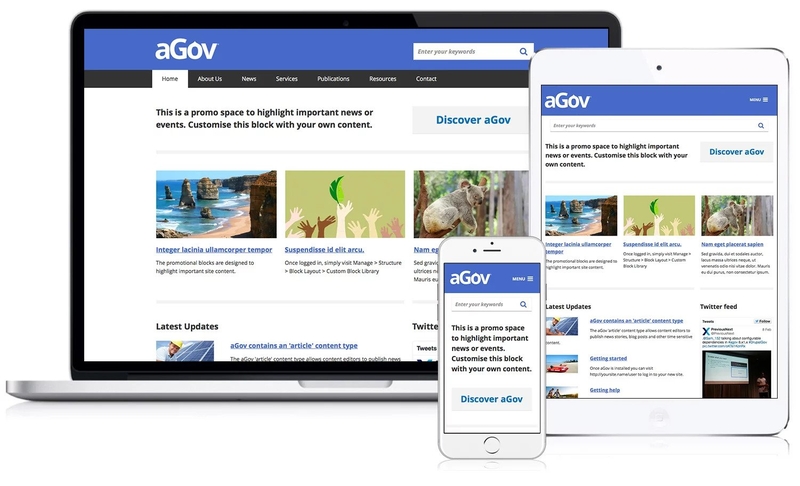
Building a resilient society of engaged and participating citizens demands a transformation into an effective digital government experience.
Build bridges with the community. Seek the private sectors’ expertise to enable regular monitoring and regulation of web accessibility standards.
Provide feedback opportunities at all levels of e-government agencies to personalize your content and service provision.
In the end; it’s about how your citizens perceive your government’s performance; which is closely tied with how satisfied they are with the digital government experience you offer them.
Contact us if you would like a free performance audit of your e-government platform
- Digital transformation
- Digital
- Drupal 8
- Design & User Experience
- Web Design
- Website Launch
- Search Engine Marketing
- Marketing
